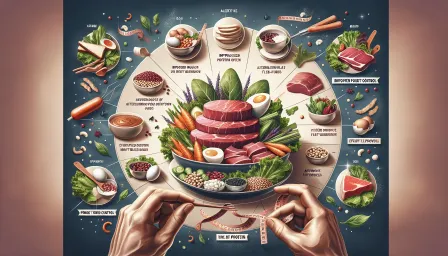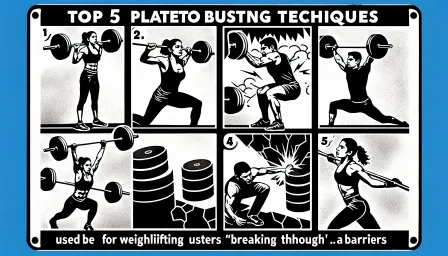Understanding the Difference Between Waist Circumference and Waist Size

Learn the differences between waist circumference and waist size, and why it's important for your health and fitness.
When it comes to health and fitness, understanding the nuances between waist circumference and waist size is crucial. While they may seem synonymous, these terms have distinct meanings and implications for your overall well-being. In this article, we'll delve into what each term means, how they are measured, and why both are important for different aspects of health and aesthetics.
What is Waist Circumference?
Waist circumference refers to the measurement around the narrowest part of your waist. It is a useful indicator of visceral fat, which is the fat stored around your internal organs. High levels of visceral fat are linked to increased risks of cardiovascular diseases, diabetes, and other health conditions.
How to Measure Waist Circumference
To measure your waist circumference:
- Stand upright and exhale normally.
- Place a measuring tape around the narrowest part of your waist, usually just above the navel.
- Ensure the tape is snug but not compressing the skin, and is parallel to the floor.
- Record the measurement in inches or centimeters.
Health Implications of Waist Circumference
A higher waist circumference is a red flag for potential health risks. According to the World Health Organization (WHO), a waist circumference greater than 40 inches (102 cm) in men and 35 inches (88 cm) in women indicates an increased risk of metabolic syndrome, which encompasses conditions like hypertension, elevated blood sugar levels, and abnormal cholesterol levels.
What is Waist Size?
Waist size generally refers to the measurement of your waist that is used for clothing sizes. This measurement is often taken at different points depending on the brand, but it is most commonly measured where the waistband of pants sits.
How to Measure Waist Size
To measure your waist size:
- Stand up straight and wrap a measuring tape around your waist where your pants sit.
- Keep the tape snug but not tight and ensure it is parallel to the ground.
- Note the measurement in inches or centimeters.
Factors Affecting Waist Size
Waist size can vary based on several factors such as age, gender, body composition, and even the cut and style of the clothing. Unlike waist circumference, which is a static measurement, waist size can be affected by lifestyle changes, water retention, and weight fluctuations.
Waist Circumference vs. Waist Size: Key Differences
While both measurements provide valuable information, they are utilized for different purposes:
Measurement Point
Waist Circumference: Measured at the narrowest part of the waist, just above the navel.
Waist Size: Measured where the waistband of pants fits, which can vary.
Purpose
Waist Circumference: Used for assessing health risks related to visceral fat.
Waist Size: Used for determining clothing fit and size.
Health Indicators
Waist Circumference: Strong indicator of potential health risks.
Waist Size: Not necessarily indicative of health risks but can be a rough indicator of fitness level.
Why Both Measurements Matter
Combining both measurements can provide a comprehensive view of your health and fitness. For instance, a visually slim person (small waist size) might still have a high waist circumference, indicating hidden health risks. Conversely, someone with a larger waist size might be fit internally, but that’s relatively rarer.
Using Both for Overall Wellness
By keeping track of both your waist circumference and waist size, you can make more informed decisions about diet, exercise, and lifestyle changes. Regularly monitoring these metrics can help in early detection of potential health issues, allowing for timely intervention.
Tips for Maintaining a Healthy Waistline
Balanced Diet
A balanced diet rich in fruits, vegetables, lean proteins, and whole grains can help you maintain a healthy waist circumference and waist size. Avoid excessive intake of sugar and saturated fats.
Regular Exercise
Engage in both cardiovascular exercises (like running or cycling) and strength training to reduce visceral fat and tone your waistline. Aim for at least 150 minutes of moderate-intensity exercise every week.
Stress Management
High stress levels can contribute to weight gain, particularly around the waist. Practices like yoga, meditation, and deep-breathing exercises can help manage stress levels.
Conclusion
Understanding the difference between waist circumference and waist size is pivotal for both health monitoring and proper clothing fit. While waist circumference serves as a critical health indicator, waist size helps in determining suitable clothing. By keeping track of both measurements and striving for a balanced lifestyle, you can achieve better overall health and well-being.



























